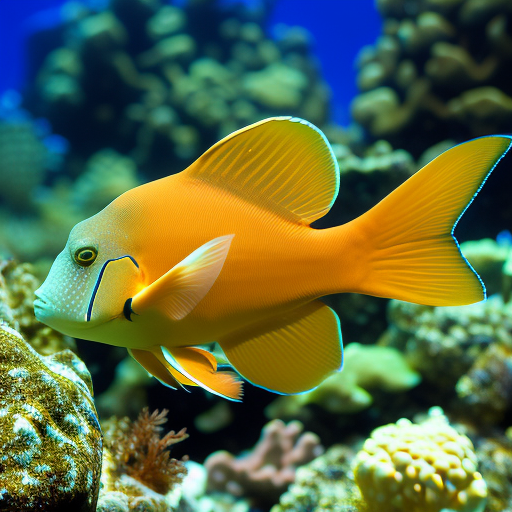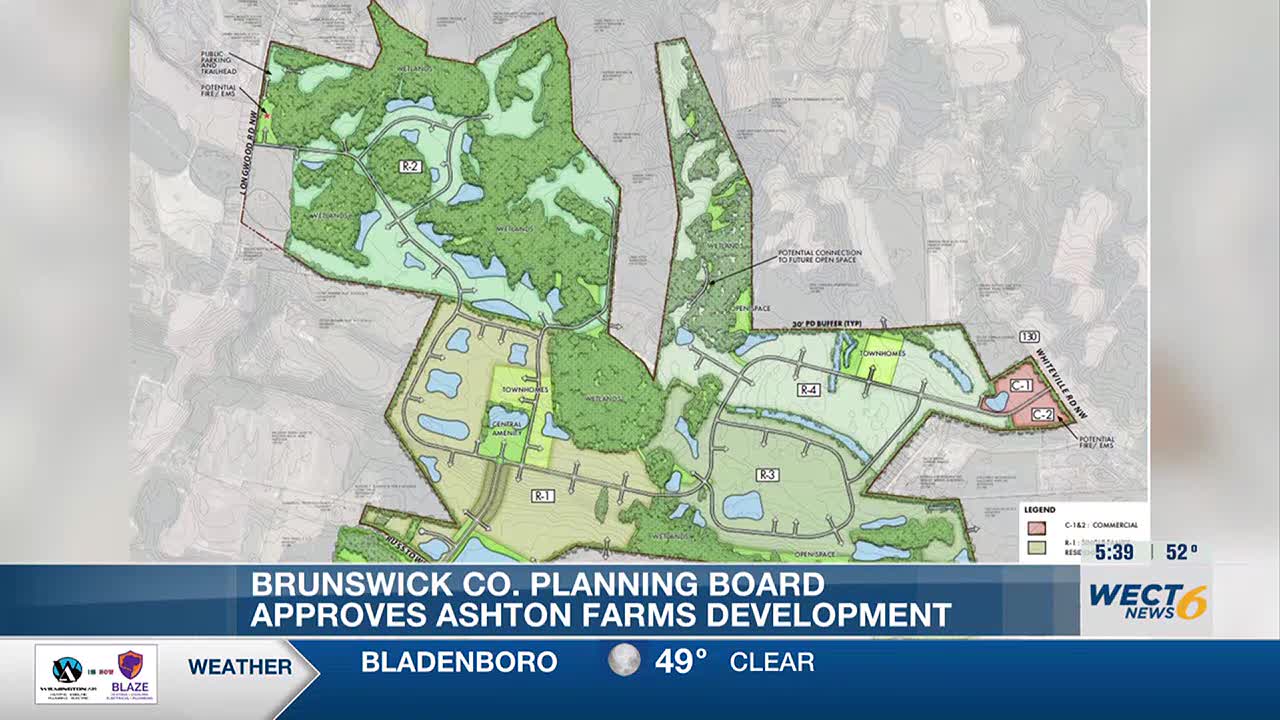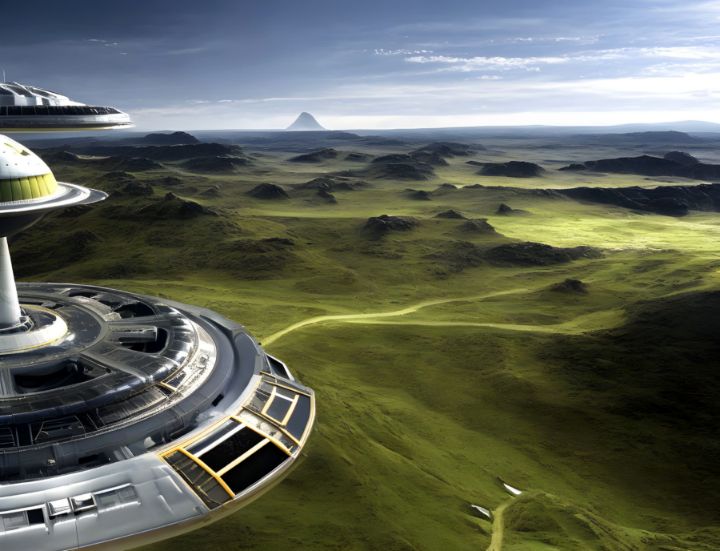
Restricting Fishing in Hawaiian Waters to Preserve Coral Reef Ecosystems
On Dec. 8, the Hawaii State Board of Land and Natural Resources will decide on new rules regulating fishing along the coasts of the Hawaiian Islands.
It’s the first time in years that restrictions on statewide commercial and noncommercial fishing will be considered, and comes after a two-year public process.
The Importance of Sustainable Development Goals (SDGs)
The herbivore fisheries rule package is part of an effort to preserve the area’s coral reef ecosystems, which have been devastated by severe human stressors such as overfishing and pollution, as well as climate change — particularly marine heat waves that have bleached away the coral color and led to massive mortality.

Assistant Professor Mary Donovan
Research on Coral Reef Resilience
Arizona State University’s Mary Donovan studies coral reef resilience, and the results of 10 years of research are outlined in a paper released today in Proceedings of the Royal Society B.
“Coral reefs are on the frontlines of climate change, and solutions are needed at both local and global scales to curb their decline,” said Donovan, an assistant professor in the School of Geographical Sciences and Urban Planning. “We investigated how local management of herbivore fisheries can improve reef resilience.”
The Role of Herbivores in Coral Reef Resilience
Russell Sparks, a Maui district aquatic biologist, said, “There is always a competition for space between coral reefs and seaweed. But increased marine temperatures have destroyed coral reefs and opened up large spaces for algae to grow.”
Sparks works for the Hawaii State Department of Land and Natural Resources, and his team provided a significant portion of the data collected for the study.
“If there are abundant populations of herbivorous fish, they will control the growth of seaweed and stimulate conditions for new corals to grow,” Sparks said.
Proposed Fishing Restrictions
Proposed restrictions would include limiting the size and the quantity of the fish caught daily and yearly.
Fishery management is not a new idea. What is unique is the sheer volume of the collective data that Donovan and her partners have provided as scientific evidence to support its necessity.
“It is what provided the weight of the evidence that can be used for public policy,” she said.
The Importance of Coral Reefs in Hawaii
Coral reefs are central to the lives of the people of Hawaii who rely on them for protection from large ocean waves, provision of seafood and cultural identity. They are also a major draw for tourists.
In recent years, climate change has resulted in a nearly 50% loss of coral reefs in some areas of the islands, making herbivore-based management and the resilience of reefs a priority for the state of Hawaii.
“This creates an ever-mounting challenge for local reef managers, who are making hard decisions for their communities,” Donovan said. “They are unable to control climates change, so they need tools to help build resilience in the systems such that our reefs might be able to withstand climate change. At least in the near term.”
Research Findings on Herbivores and Reef Resilience
Those tools came out of the research conducted through the Hawaiʻi Monitoring and Reporting Collaborative, or HIMARC, which drew on more than 20,000 surveys around Hawaii.
The work produced results for every reef around the state — approximately 130,000 sites in total.
Donovan said the study would never have been possible without extensive collaboration from multiple agencies and institutions that monitor Hawaii’s reefs.
“This has been a scientific leap,” Donovan said. “Combining data collected in different ways is very challenging.”
The research provided extensive evidence of the role that herbivores have in maintaining a balance between corals and algae on reefs and facilitating coral recovery and recruitment.
“Herbivores eat fleshy algae that compete with corals, and thus serve an important ecosystem function,” Donovan said.
The study measured the impact of various metrics on the quantity of fish, with the largest negative effects on those numbers coming from human drivers, such as commercial and noncommercial boat-based spear and net fishing.
The number of fish was drastically reduced near certain shorelines, where pollution was another driver.
Factors impacting the increase of the biomass of fish were of equal importance. The greatest quantities of fish were observed in more remote areas, such as the Napali coast of Kauai.
Specific types of fish — browsers, grazers and scrapers — play significant roles in the reef resilience.
Browsers pick at big pieces of seaweed, grazers travel in big schools, constantly nipping at the algae, and scrapers (such as the parrotfish) do just that — they scrape the bottom of the ocean floor, removing seaweed as well as coral tissue, which makes new space for corals to grow.
The research established that populations of less than 80% of the natural local density of these fish compromises reef resilience through the overgrowth of algae that the fish consume.
Moving Forward
The public process for
SDGs, Targets, and Indicators
1. Which SDGs are addressed or connected to the issues highlighted in the article?
- SDG 14: Life Below Water – The article discusses the devastation of coral reef ecosystems due to overfishing, pollution, and climate change.
- SDG 15: Life on Land – The article mentions the importance of herbivore-based management in maintaining the balance between corals and algae on reefs.
2. What specific targets under those SDGs can be identified based on the article’s content?
- SDG 14.2: By 2020, sustainably manage and protect marine and coastal ecosystems to avoid significant adverse impacts, including by strengthening their resilience and taking action for their restoration, to achieve healthy and productive oceans – The article highlights the need for restrictions on fishing to preserve coral reef ecosystems and improve their resilience.
- SDG 15.1: By 2020, ensure the conservation, restoration, and sustainable use of terrestrial and inland freshwater ecosystems and their services, in particular forests, wetlands, mountains, and drylands, in line with obligations under international agreements – The article emphasizes the importance of herbivores in maintaining the balance between corals and algae on reefs.
3. Are there any indicators mentioned or implied in the article that can be used to measure progress towards the identified targets?
- Indicator 14.2.1: Proportion of national exclusive economic zones managed using ecosystem-based approaches – The proposed restrictions on fishing along the coasts of the Hawaiian Islands aim to manage and protect marine and coastal ecosystems.
- Indicator 15.1.1: Forest area as a proportion of total land area – While not explicitly mentioned in the article, the conservation and restoration of coral reef ecosystems can be considered as part of the broader goal of ensuring the conservation and sustainable use of terrestrial and inland freshwater ecosystems.
SDGs, Targets, and Indicators
| SDGs | Targets | Indicators |
|---|---|---|
| SDG 14: Life Below Water | 14.2: By 2020, sustainably manage and protect marine and coastal ecosystems to avoid significant adverse impacts, including by strengthening their resilience and taking action for their restoration, to achieve healthy and productive oceans | 14.2.1: Proportion of national exclusive economic zones managed using ecosystem-based approaches |
| SDG 15: Life on Land | 15.1: By 2020, ensure the conservation, restoration, and sustainable use of terrestrial and inland freshwater ecosystems and their services, in particular forests, wetlands, mountains, and drylands, in line with obligations under international agreements | 15.1.1: Forest area as a proportion of total land area |
Behold! This splendid article springs forth from the wellspring of knowledge, shaped by a wondrous proprietary AI technology that delved into a vast ocean of data, illuminating the path towards the Sustainable Development Goals. Remember that all rights are reserved by SDG Investors LLC, empowering us to champion progress together.
Source: news.asu.edu

Join us, as fellow seekers of change, on a transformative journey at https://sdgtalks.ai/welcome, where you can become a member and actively contribute to shaping a brighter future.






